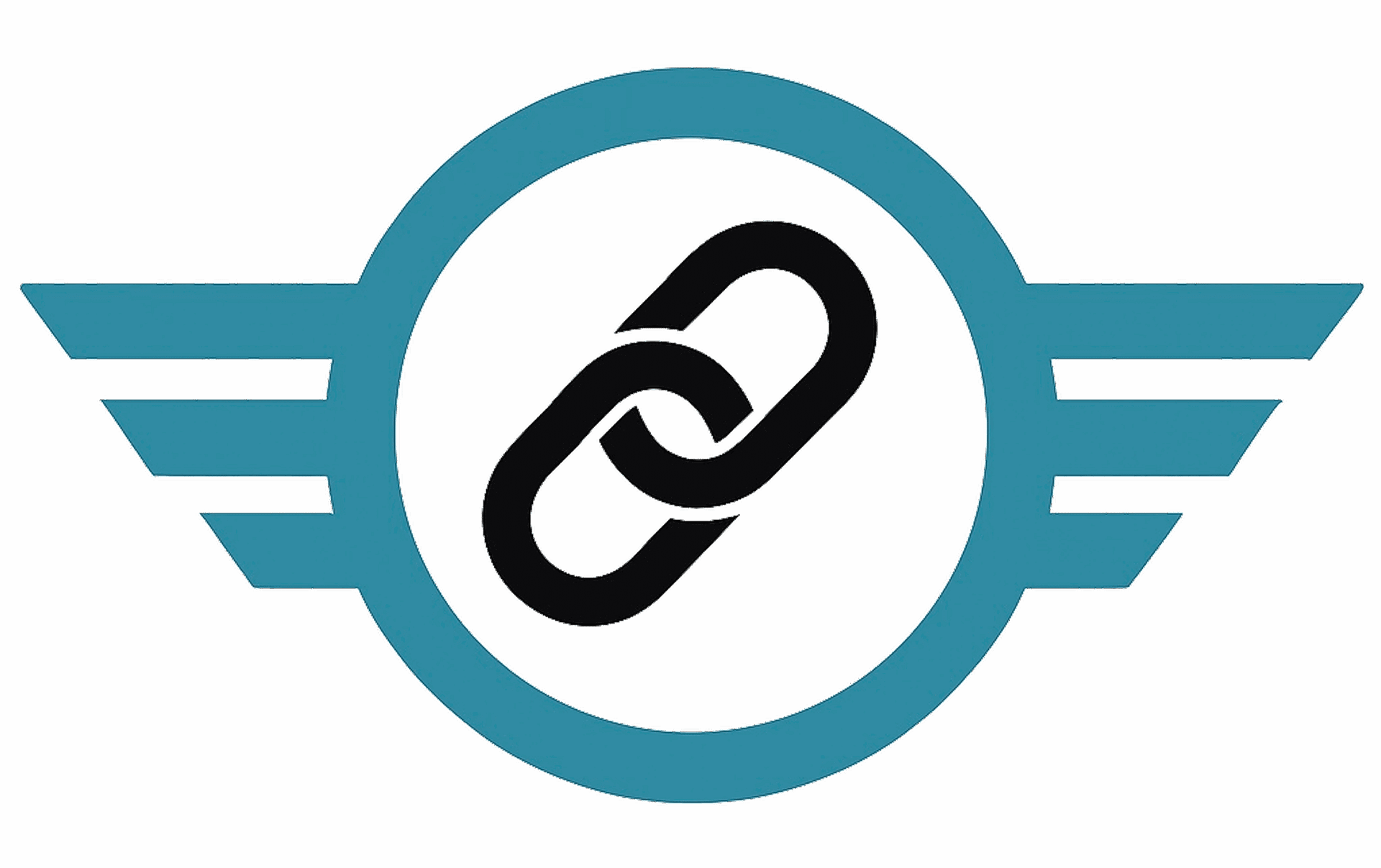Exploring the Potential of 3D Printing in International Trade
In an era where innovation drives the pulse of progress, 3D printing stands out as a beacon of transformative potential. This technology, also known as additive manufacturing, has moved beyond its early days of novelty and is now poised to revolutionize the landscape of international trade. At TradeLink Solution, we are committed to harnessing cutting-edge technologies to empower businesses, and we believe that 3D printing holds immense promise for the future of global commerce.
Understanding 3D Printing
3D printing is a process that creates a three-dimensional object by building it layer by layer from a digital model. The technology has evolved rapidly, encompassing a variety of methods such as Stereolithography (SLA), Fused Deposition Modeling (FDM), and Selective Laser Sintering (SLS), each suitable for different materials and applications. From prototyping to producing end-use parts, 3D printing is being adopted across industries like healthcare, aerospace, automotive, and consumer goods.
Historical Context and Evolution
The journey of 3D printing began in the 1980s with the advent of stereolithography, a process that transformed liquid materials into solid objects using ultraviolet light. Over the decades, technological advancements have propelled 3D printing into mainstream manufacturing, with significant milestones such as the development of metal 3D printing and the democratization of the technology through affordable desktop printers.
Benefits of 3D Printing in Trade
The impact of 3D printing on international trade can be profound, offering several advantages:
Customization and Flexibility
- Personalized Products: 3D printing allows for mass customization. Businesses can produce tailor-made products that meet specific customer needs without the constraints of traditional manufacturing.
- Rapid Prototyping: Companies can quickly design, test, and iterate on new products, reducing the time-to-market and fostering innovation.
Reducing Inventory and Warehousing Costs
- On-Demand Production: By printing products as needed, businesses can significantly cut down on inventory costs and the risks associated with overproduction.
- Efficient Space Utilization: Reduced need for large warehousing facilities, as digital inventories replace physical stockpiles.
Shortening Supply Chains
- Localized Manufacturing: 3D printing enables production closer to the point of consumption, reducing reliance on long-distance shipping and mitigating supply chain disruptions.
- Speed and Agility: Faster production times translate to quicker response to market demands and reduced lead times.
Real-World Applications and Case Studies
Several pioneering companies and sectors are already reaping the benefits of 3D printing:
- Healthcare: Custom prosthetics and implants, patient-specific surgical models, and even bioprinted tissues.
- Aerospace: Lightweight, complex components that enhance performance and reduce fuel consumption.
- Automotive: Custom and replacement parts, tooling, and even entire car bodies.
- Consumer Goods: Personalized products like footwear, jewelry, and electronics.
One notable example is GE Aviation, which uses 3D printing to produce fuel nozzles for its LEAP jet engine. These nozzles are lighter, more durable, and manufactured as a single piece, demonstrating the significant advantages of 3D printing in high-performance industries.
Challenges and Considerations
While the benefits are compelling, adopting 3D printing in international trade comes with its own set of challenges:
Technical and Material Limitations
- Material Range: Not all materials can be 3D printed, and some printable materials may not meet the required standards for certain applications.
- Production Speed: For large-scale manufacturing, traditional methods may still be faster and more cost-effective in some cases.
Regulatory and Intellectual Property Concerns
- Regulations: Navigating the regulatory landscape for 3D printed products can be complex, varying significantly by country and industry.
- IP Issues: Protecting intellectual property in the digital age, where designs can be easily shared and reproduced, poses a significant challenge.
Economic Impact
- Job Displacement: The shift towards 3D printing may lead to job losses in traditional manufacturing sectors, necessitating workforce retraining and education.
- Market Disruption: Established supply chains and business models may need to adapt or risk becoming obsolete.
The Future Outlook
Looking ahead, the next decade promises exciting advancements in 3D printing technology:
- Material Innovations: Development of new printable materials, including advanced composites and biocompatible substances, will expand the range of applications.
- Integration with Other Technologies: Combining 3D printing with AI and IoT will lead to smarter, more efficient manufacturing processes.
- Broader Adoption: As costs decrease and capabilities improve, more businesses will integrate 3D printing into their operations, driving a new wave of industrial transformation.
Step-by-Step Guide for Businesses
- Assess Feasibility: Evaluate if 3D printing is suitable for your product lines and supply chain.
- Choose the Right Technology: Select the appropriate 3D printing technology based on your material and production needs.
- Partner with Experts: Collaborate with 3D printing specialists and trade consultants.
- Implement Pilot Projects: Start with small-scale projects to test and refine your approach.
- Scale Up: Gradually expand your 3D printing operations based on initial successes and learnings.

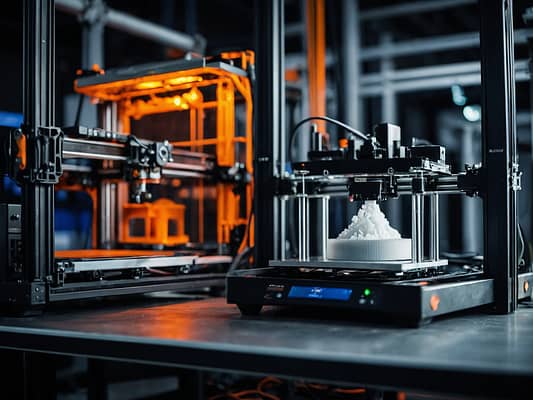


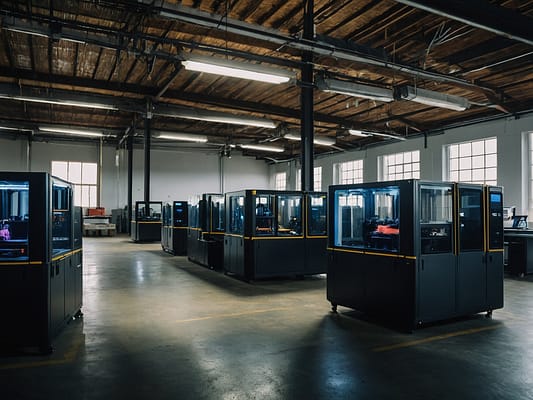
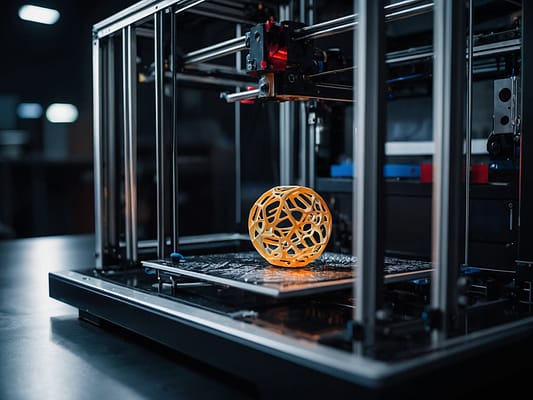



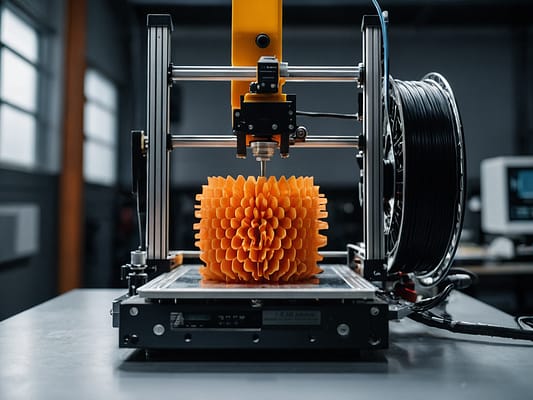
FAQs
Q1: What are the main benefits of using 3D printing in international trade? A1: The main benefits include customization and flexibility in product design, reduced inventory and warehousing costs, shortened supply chains, and faster production times.
Q2: What industries benefit the most from 3D printing? A2: Industries such as healthcare, aerospace, automotive, and consumer goods are currently seeing significant benefits from 3D printing technology.
Q3: What are the challenges associated with 3D printing in trade? A3: Challenges include technical and material limitations, regulatory and intellectual property concerns, and potential economic impacts such as job displacement and market disruption.
Q4: How can businesses start integrating 3D printing into their operations? A4: Businesses can start by assessing feasibility, choosing the right technology, partnering with experts, implementing pilot projects, and gradually scaling up their 3D printing operations.
How TradeLink Solution is Leveraging 3D Printing Technology
At TradeLink Solution, we are at the forefront of integrating 3D printing technology into our daily business operations, recognizing its transformative potential to enhance efficiency, innovation, and customer satisfaction. By incorporating 3D printing, we have revolutionized our product development process, enabling rapid prototyping and customization. This allows us to meet the unique needs of our clients with unprecedented speed and precision, significantly reducing the time-to-market for new products. Furthermore, 3D printing has streamlined our supply chain management by facilitating on-demand production, minimizing inventory costs, and reducing dependency on traditional manufacturing and logistics. This adaptability not only enhances our operational agility but also ensures we can swiftly respond to market fluctuations and client demands. Through these advancements, TradeLink Solution is able to offer superior quality products and services, reinforcing our commitment to innovation and excellence in international trade. By leveraging 3D printing technology, we are not just keeping pace with industry advancements; we are setting new standards in global commerce, driving growth, and maintaining our competitive edge in an ever-evolving market.
We invite you to contact TradeLink Solution for insights and support in integrating 3D printing technology into your trade operations. Our team is dedicated to helping you navigate the complexities of this transformative technology and capitalize on its benefits.
Visit Our Service Page
Ready to elevate your trade operations with 3D printing? Visit our service page today to learn more about TradeLink Solution’s offerings and how we can help you achieve excellence in international trade. Visit our website to get started.
